-
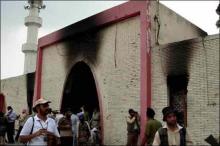
The fall of the Red Mosque (Lal Masjid) has indeed heralded a new era in Pakistan marked by conflict between moderate and fundamentalist forces.
-

The docking of the USS Nimitz in Chennai port has challenged India’s independent foreign policy and its long-lasting tradition against imperialism, colonialism, and superpower hegemony. Supporters of Nimitz’s brief visit who praise it as a testimony to the bourgeoning Indo-US strategic relationship should acknowledge the long-drawn coercive history of the Nimitz nuclear ship and the use of ‘gunboat diplomacy’ to restore US imperialistic interests.
-
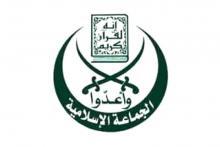
One of the most dreaded terrorist groups in Southeast Asia, Jemaah Islamiyah (JI) is presently facing a leadership crisis. The arrest of two of its most prominent leaders, Abu Dujana and Zarkasih (also known as Yusron Mahmudi and Abu Irsyad respectively) has jeopardized JI’s future plans in the region. Of late, JI has faced the wrath of the anti-terrorist initiatives by the Indonesian government duly supported by other Southeast Asian neighbours as well as Australia.
-
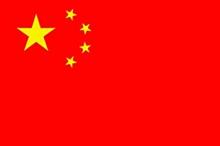
The fundamental cultural influences [mentioned in the first part of the article, “Negotiating with China-I”, Article No:120, June 14, 2007] have left their imprint on the Chinese negotiating style. Scholars like John Graham and Mark Lam (The Chinese Negotiation, Harvard Business Review, October 2003) have identified and defined a set of eight elements that one would have to contend with when dealing with the Chinese.
-
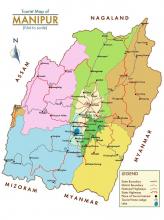
Contesting claims over territorial supremacy by rival insurgent groups have not only resulted in a violent conflict between the insurgents’ themselves but, it also has the potential to generate misunderstanding between communities they claim to represent. This is exactly the present state of affairs in India’s northeastern state of Manipur where several such groups have turned this beautiful land into their fiefdom.
-
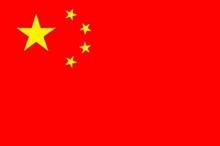
After four decades of a political standoff, the recent thaw in Sino-Indian relations has seen a renewal of dialogue and the start of substantive negotiations between the two countries. But negotiating with the Chinese—the inscrutable Orientals, as the Europeans called them—requires a very different set of sensitivities and skills from what we Indians are accustomed to. Our negotiating skills have largely been limited to Americans, Europeans, and West Asians, who are distinctly more transparent, open, and non-contextual in their negotiations than the Chinese or the traditional Japanese.
-
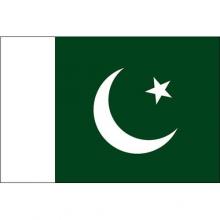
Like in any nuclear weapon state, multiple vulnerabilities exist in a nuclear weapons complex. In the case of Pakistan, it is possible that groups or individuals may violate security rules for a variety of reasons, including profit-making, settling a vendetta, or religious or ideological motives. Rogue elements may try to gain control over sensitive items for their own use or transfer them to another state or non-state actors for financial or ideological reasons. A special concern is that Pakistan, as its history suggests, may suffer another military coup at some point in time.
-

The Cold War mindset is difficult to fade away. With the announcement of the design and building of the nuclear energy centre in Myanmar by Russia’s Federal Atomic Energy Agency, the US has raised concerns about the peaceful nature of Myanmar’s nuclear energy programme. The proposed 10-megawatt light water reactor has attracted international attention in Myanmar. The negotiation for acquiring nuclear technology between the Russian Agency and Myanmar was shelved since 2003 due to specific payment problems.
-
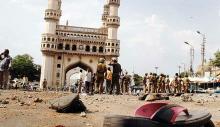
May 18 (Friday) terror blast at Mecca Mosque in Hyderabad reveals the persistent challenge of terrorist groups to foment violence and communal acrimony in India. The explosion, which took nine lives and injured more than 50 people, occurred during Friday prayers inside the historical Mecca Mosque located near the well-known Charminar, a major landmark of the City that attracts several tourists from India and abroad. The police also recovered three more bombs in the mosque and defused it.
-

‘Estranged democracies’ is how Dennis Kux once characterised relations between the US and India. For much of India’s independent history, Kux’s characterisation hit the nail on the head. A norm of suspicion about the Americans seemed to have institutionalised itself within India’s strategic culture, and there were good reasons for this.
Paxton ported to drupal by DropThemes.in